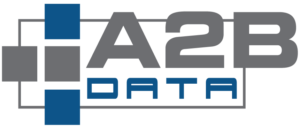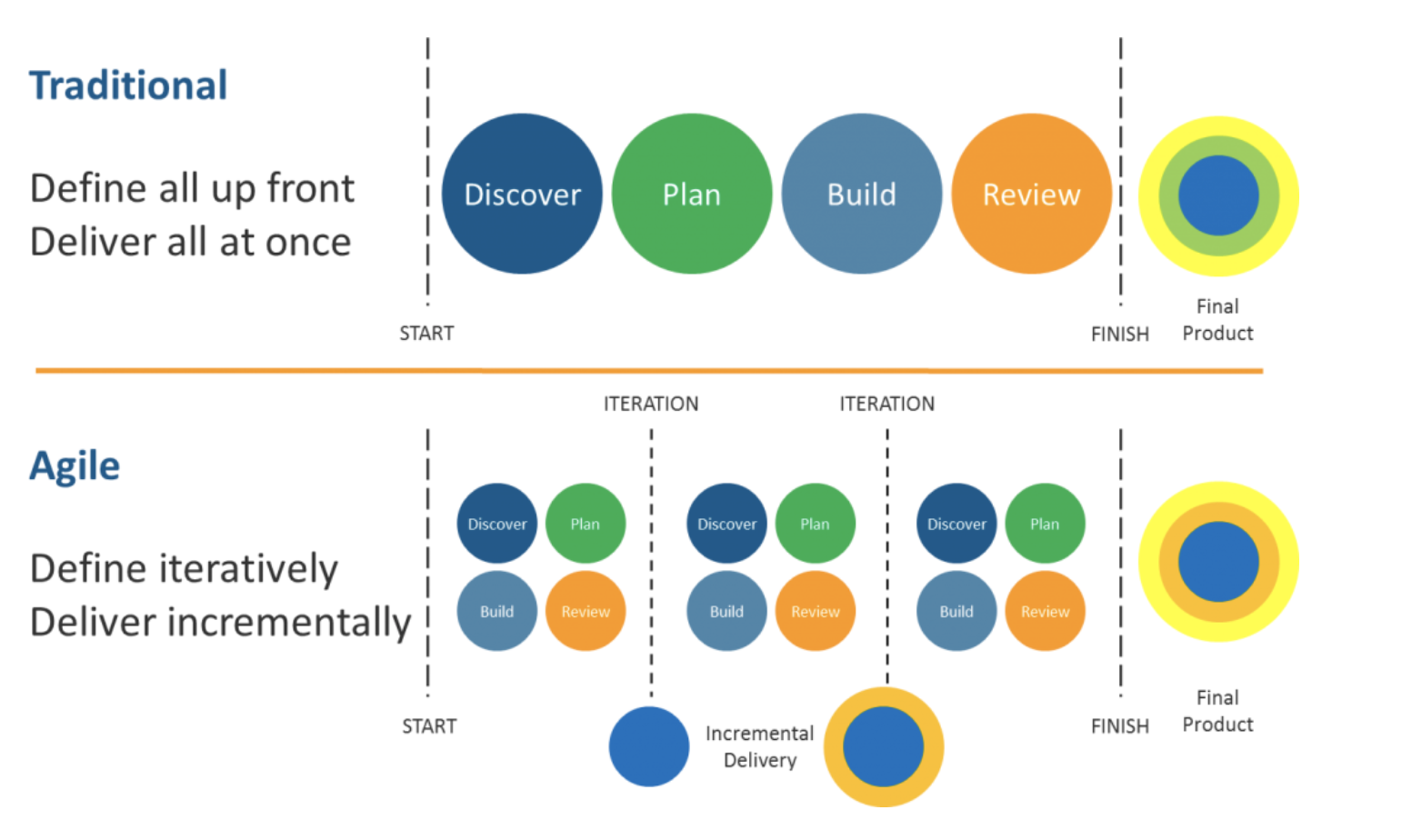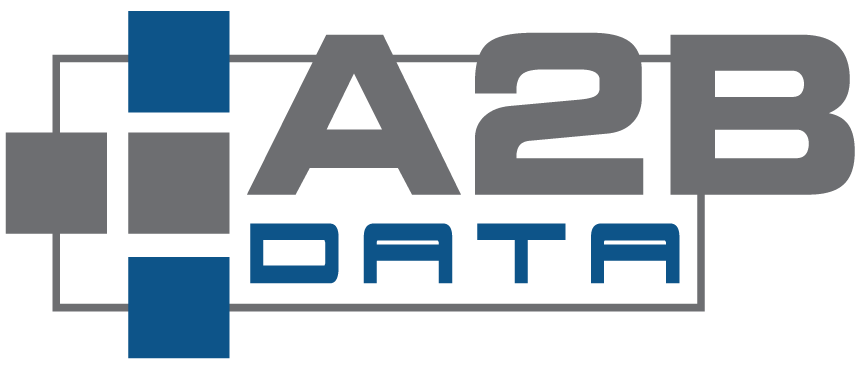What is Agile Analytics?
Agile Analytics refers to the use of Agile software development for Business Intelligence (BI) projects to reduce the time it takes for traditional BI to show value to the organization, and to help in quickly adapting to changing business needs. Agile Analytics enables the project team to make better business decisions and to start doing this in quicker successions.
Agile Analytics is established on a set of core values and guiding principles. It is not a rigid or prescriptive methodology; rather it is a style of building a data warehouse, data marts, business intelligence applications, and analytics applications that focus on the early and continuous delivery of business value throughout the development lifecycle.
The only way to be truly Agile is to automate as many routine processes as possible. Build automation enables you to frequently build a version of your complete working DW/BI system in a demo or pre-production environment. This helps establish continuous confidence that you are never more than a few hours or days away from putting a new version into production. Agile Analytics teams seek to automate any process that is done more than once. The more you can automate, the more you can focus on developing user features.
Agile Analytics Process
Agile processes include just enough structure and just enough flexibility. Agile Analytics is a development “style” rather than a methodology or even a framework. The style is best described in terms of its values and guiding principles.
Agile methods satisfy the information needs of key stakeholders in quick iteration and reduce the time it takes to show value to the organization. Traditional development methodologies require stringent requirements, but stakeholders do not know their BI requirements until they start interacting with the data.
The Goal of Agile Analytics is to satisfy the stakeholder through early and continuous delivery:
- Welcome changing requirements, even late in development. Agile processes harness change for the customer’s competitive advantage.
- Deliver working software frequently, from a couple of weeks to a couple of months, with a preference to the shorter timescale.
- Working software is the primary measure of progress.
The following are three key performance criteria to distinguish the effectiveness of your Agile Analytics process:
- Availability of timely management information – Your analytical team should be able to provide the right and accurate information in a timely manner. This information should be trusted so business managers can make sound business decisions.
- Average time required to add a column to an existing report – Sometimes new columns need to be added to an existing report, if that information cannot be obtained within the time required to support the decision at hand, the information has no material value.
- Average time required to create a new dashboard – This metric considers the time required to access any new or updated information and it measures the total elapsed time required to create a new dashboard.
Business Challenges
The four core values of agile software development as stated by the Agile Manifesto emphasize:
- Individuals and interactions over processes and tools.
- Working software over comprehensive documentation.
- Customer collaboration over contract negotiation.
- Responding to change over following a plan.
Recent studies show Analytics projects are fought with the following challenges, the measurement varies by industry and organization:
- Accuracy – 20-30% of data is in error
- Consistency – 30-50% of data is inconsistent
- Timeliness – Typically takes 1-2 weeks to get data to the end user
- Integration – It isn’t possible to do a cross-database query on 70% of company data
- Fit – 65% of the time, executives don’t receive the data they need
- Analyzability – 60% of the time, users can’t do an immediate online analysis of data they receive
- Agility – 75% of new key information sources that surface on the Web are not passed on to users within the year.
How A2B Data™ Supports Agile Analytics
Utilizing A2B Data™, as part of your Analytics Program, will minimize project risks, speed up delivery, ensure accuracy and enables time project sprints. More importantly, A2B Data™ vastly improves the delivery of Agile Analytics:
- Accuracy – ensures the data matches the system of record
- Consistency – is 100% consistent since the code to move the data is developed dynamically from the metadata
- Timeliness – Takes minutes to set-up and process the data
- Integration – Cross-database and multiple data file formats are supported “any source to any target”
- Fit – Receive the data “how you want it, where you want it and when you want it: “
- Analyzability – deliver data in small chunks to streamline the analysis retention
- Agility – remote, cloud, social media, web, on-premise, streaming and latent data is fully processed.
Advantages of A2B Data™
A2B Data™ is purposefully designed to support Agile Analytics and ensure stakeholders can mine insight into their data:
- Impact analysis to detect and process change in data and requirements
- Imposes quick delivery and shorter timescale
- Offers operational statistics to measure the progress of development, set-up, support, executions, error and transaction logs
- 100% transparent as all the technical lineage, inline data quality and processing controls and metrics are managed
- Enforces higher confidence in data and minimizes human errors as all the code is dynamically created.


